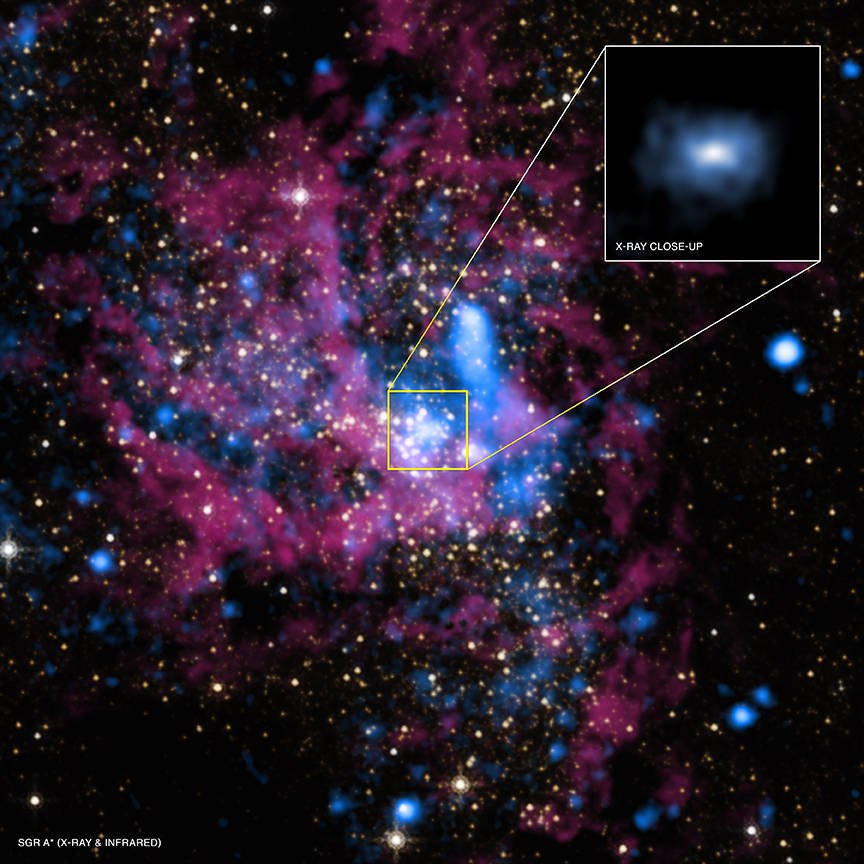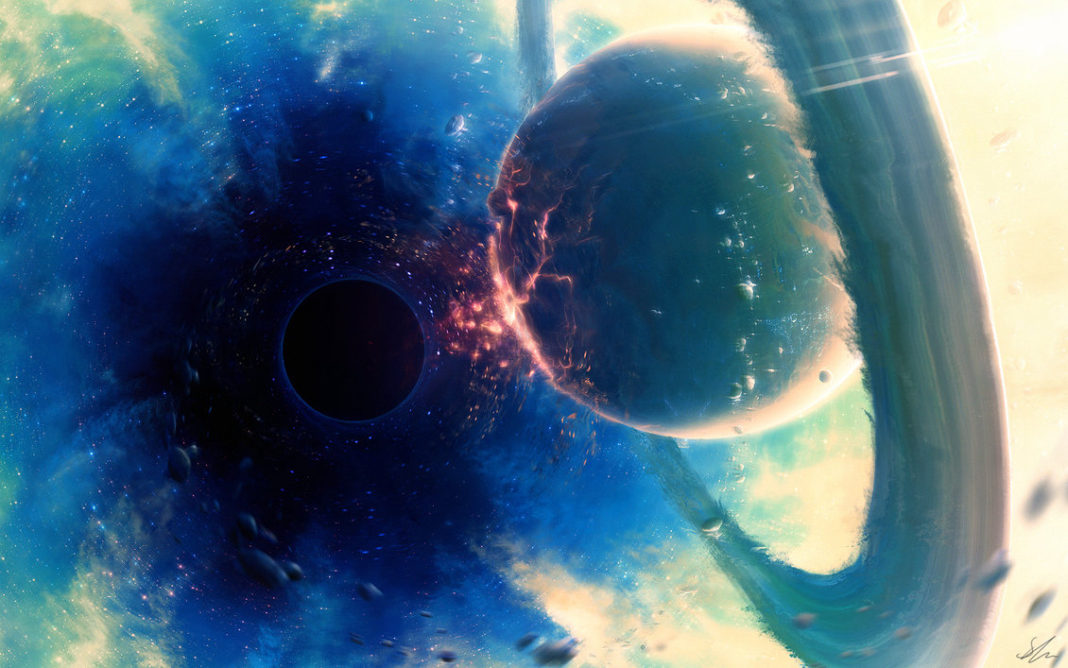Sagittarius A* (SgrA*) is a supermassive black hole that’s situated in the middle of the Milky Way. Even though the black hole is so close to us, there’s still very little we know about it really, and every day it seems scientists, researchers, and astronomers are discovering more about this new environment. A new paper published in Astrophysical Journal Letters discusses the possibilities of what may happen to magnetized stars that happened to get in the vicinity of SgrA*. This simulation is the first of its kind where it’s taken a star’s magnetic field into consideration and shows it being stretched and pulled by the supermassive black hole.
James Guillochon, an astrophysicist at the Harvard-Smithsonian Center for Astrophysics, said, “Magnetic fields are a bit tricky numerically to simulate.” But, these new simulations show how a star that receives a blow from a black hole can survive an amplified magnetic field by a factor of 30. But, any closer and the stars are destroyed on the spot. Guillochon also explained, “One of the immediate impacts is that we might see highly magnetized stars in the centers of galaxies, and that includes our galactic center. We also would expect this to affect the resulting flare that arises from the disruption of the star by the supermassive black hole. Half the matter of the star falls onto the black hole and feeds it, and that generates a luminous flare of a billion or 10 billion solar luminosities.”

Credit: X-ray: NASA/UMass/D.Wang et al., IR: NASA/STScI
A paper Guillochon co-wrote a couple of years ago focused on G2, a galactic gas cloud. The paper suggests that G2 may have been produced by the disruption of a red giant star and that it is still feeding the black hole now. It mentions how G2-like clouds would have formed and once magnetized; the fields may have helped stabilize the clouds in the sky and stop them from parting. Now that we know some stars can survive a certain amount of magnetism, the real challenge now is to try and discover how many are in this state already and how strong that field is.
More News To Read
- As AI Gets Smarter, What Happens to Us Humans?
- Twitter Takes Another Dive to Become Less Valuable than it’s Chinese Clone
- Has the Mystery Surrounding Einstein’s Constant Finally Been Solved?
- 10 Things About the Universe You May Not Have Known
- Stanford Researchers Take the World by Storm with New Wave of Affordable Batteries











